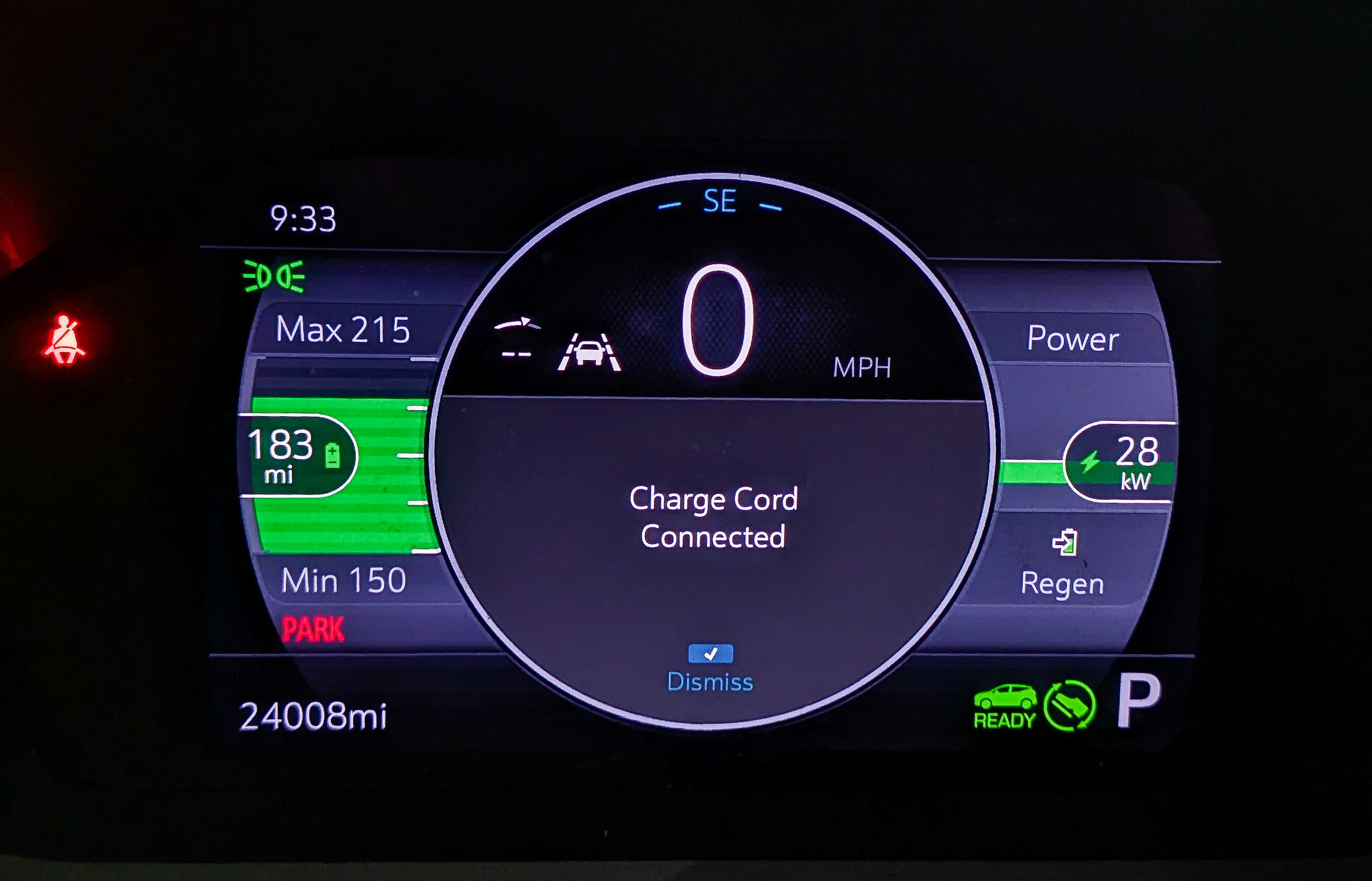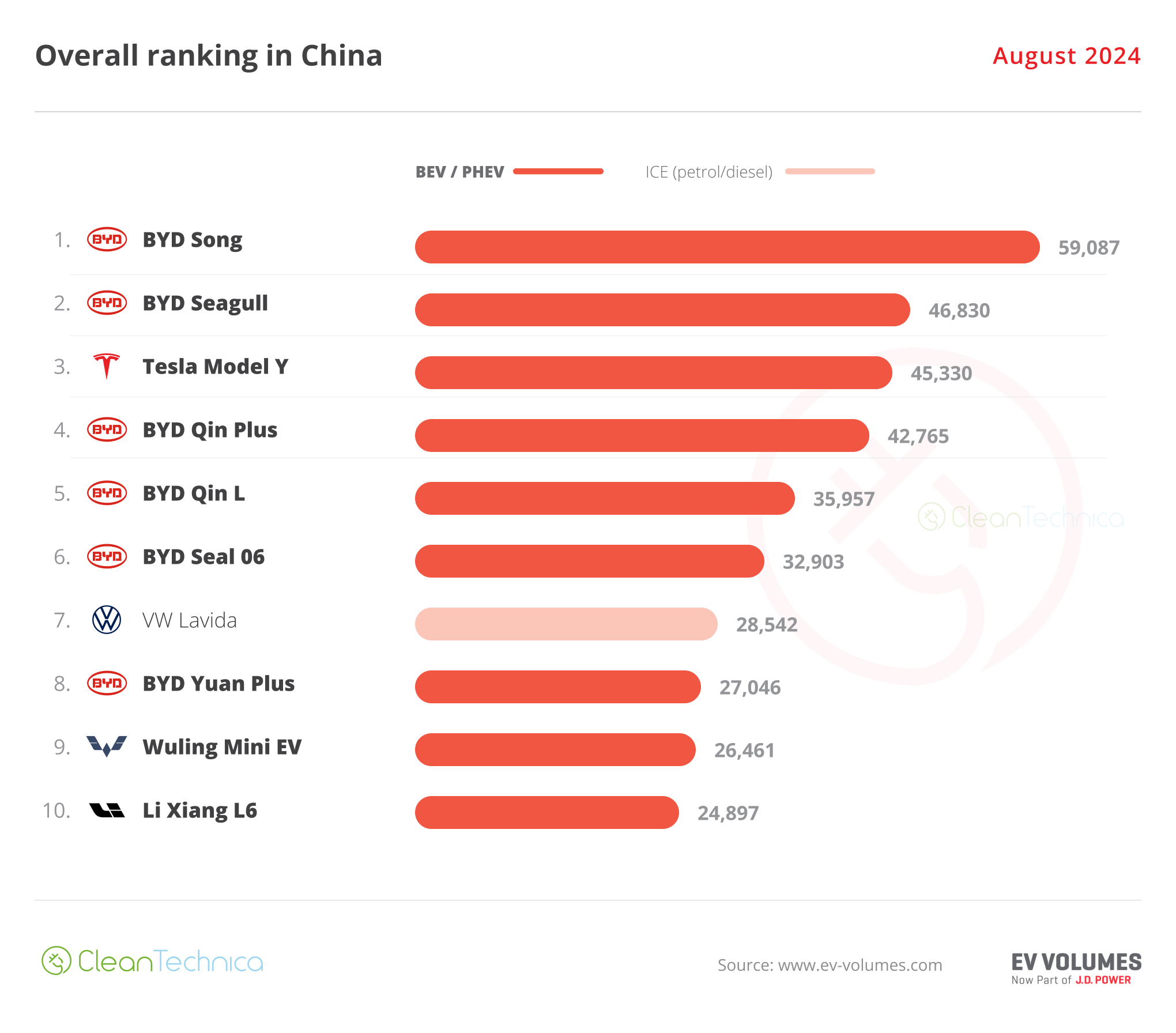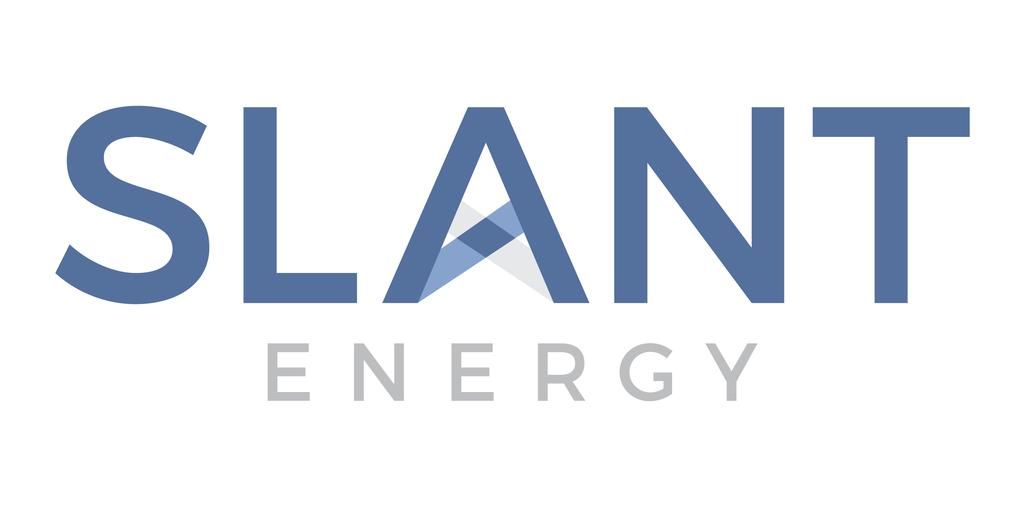i-80 Gold Corp. [TSX: IAU; NYSE: IAUX] reported results of a mineral resource update prepared in accordance with NI 43-101 standards for its FAD Project which confirms the presence of high-grade gold, silver, lead and zinc mineralization.
The project is a non-core asset located on the FAD property immediately south of i-80 Gold’s Ruby Hill property along the southeastern extent of the highly prolific Battle Mountain-Eureka Trend in northeastern Nevada, USA.
Highlights: Indicated Mineral Resource Estimate of 594 kt at 4.51 g/t Au, 209.7 g/t Ag, 4.34% Pb, and 6.77% Zn containing 86 koz Au, 4.0 Moz Ag, 57 Mlb Pb, and 89 Mlb Zn.
Inferred Mineral Resource Estimate of 2,736 kt at 5.07 g/t Au, 188.6 g/t Ag, 3.69% Pb, and 4.42% Zn containing 446 koz Au, 16.6 Moz Ag, 223 Mlb Pb, and 267 Mlb Zn.
At spot commodity prices, there is approximately 7,360 kt containing 895 koz Au, 31 Mlb Ag, 407 Mlb Pb, and 678 Mlb Zn.
High-grade polymetallic asset with attractive net smelter returns of approximately $430/t and $442/t in the indicated and inferred mineral resource categories, respectively.
Analysis of two metallurgical composites from FAD sulfide material indicates critical metals such as gallium, indium, antimony, and tin are present in the zinc concentrate with average grades of 126.0 g/t Ga, 122.5 g/t In, 324.0 g/t Sb, and 759.5 g/t Sn, respectively, providing further upside from a metallurgical and permitting standpoint.
At surface, oxide gold mineralization present at the Gold Hill target on the property.
“The FAD mineral resource update highlights the high-grade nature of the deposit and supports our geological understanding of the project,” stated Tyler Hill, Vice President of Geology. “This resource estimate only includes drill holes where quality control measures could be validated and excludes a significant number of historical drill holes where control measures could not be verified. Even with a limited number of drill holes completed to-date, we have significantly enhanced the Project through validation and organization of historic data, and through the metallurgical test work conducted. The deposit remains open at depth, to the east and north where several wide-spaced historic holes have intersected mineralization.”
Hill added, “We believe FAD has significant upside potential and that the project could benefit considerably from additional drilling, providing substantial exposure to high-grade polymetallic mineralization in a tier-one mining jurisdiction.”
FAD presents a significant opportunity due to its high-grade nature and further growth potential, however, the Company remains focused on advancing its portfolio of five core gold projects and refurbishing the Lone Tree central processing facility which underpin its development plan to create a Nevada-focused mid-tier gold producer. The property is considered non-core and is being contemplated for sale in support of the company’s recapitalization objectives.
Preliminary work conducted by the company demonstrates opportunity to monetize the near surface gold mineralization at Gold Hill through heap leaching at nearby facilities, including i-80 Gold’s Ruby Hill heap leach facility.
The mineral resource estimate (MRE) hosts 594 kt of ore in the indicated category with gold, silver, lead and zinc grades of 4.51 g/t, 209.7 g/t, 4.34%, and 6.77%, respectively. In the inferred category, there are 2,736 kt with respective gold, silver, lead and zinc grades of 5.07 g/t, 188.6 g/t, 3.69%, and 4.42%.
The MRE is based on 82 drill holes with a cumulative length of approximately 32,000 metres and 4,613 assays. This is comprised of 61 historical holes totaling approximately 16,000 metres with 664 assays, and 21 holes totaling approximately 16,000 meters, with 3,949 assays from the 2021 to 2023 drilling programs.
The property consists of 75 unpatented lode mining claims, and 110 patented mine claims. There are approximately 1,733 acres within the property boundary, consisting of 981 acres of unpatented claims, 705 acres of patented mine claims, 47 acres at the mills site. The company has modified the original FAD boundary lines purchased in 2023, to provide flexibility for the development of its adjacent Mineral Point project.
Known mineralized zones on the property are mostly contained within private patented land with existing disturbance which allows for immediate drilling to take place.
Future work should include systematic metallurgical test programs to confirm recovery assumptions, evaluate concentrate characteristics, and provide reliable inputs for economic studies. This testing will be essential to de-risk the Project and support advancement toward more advanced technical studies.
Additionally, critical metals such as gallium and indium are present in the zinc concentrate, with average grades of 126.0 g/t and 122.5 g/t, respectively, providing further upside from a metallurgical and permitting standpoint.
The property hosts the historic original high-grade Ruby Hill mine (currently Gold Hill).
Initial metallurgical work indicated excellent leachability with gold recoveries of approximately 85% in 48-hour cyanidation bottle roll tests. Oxide material from Gold Hill could be processed at nearly by heap leaching facilities, including i-80 Gold’s Ruby Hill heap leach through a joint venture or tolling arrangement. Very limited drilling has been conducted in this area, and the system remains open on strike.




